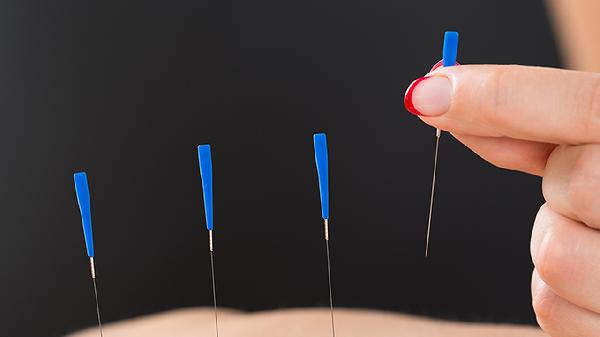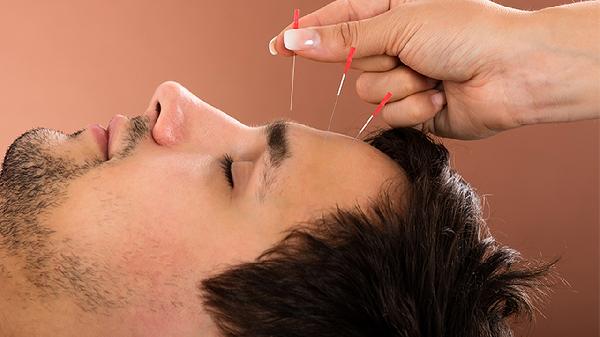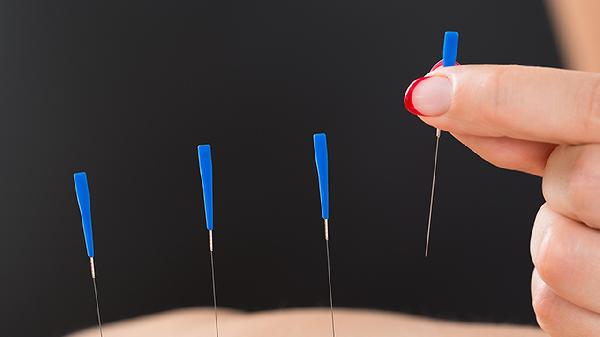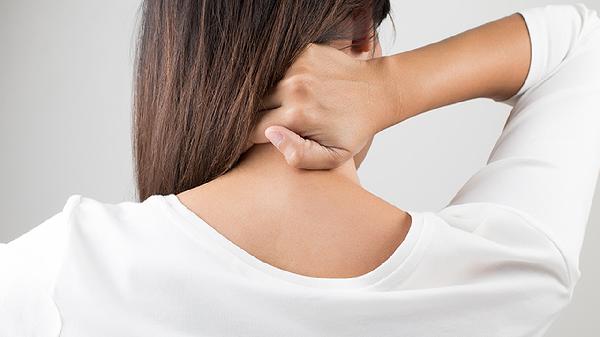Yes, acupuncture can be an effective method to relieve carpal tunnel pain. This ancient Chinese practice involves inserting thin needles into specific points on the body to stimulate energy flow and promote healing. Research suggests that acupuncture may help reduce pain, improve nerve function, and decrease inflammation associated with carpal tunnel syndrome (CTS). While it may not be a standalone cure, it can be a valuable complementary therapy when combined with other treatments.
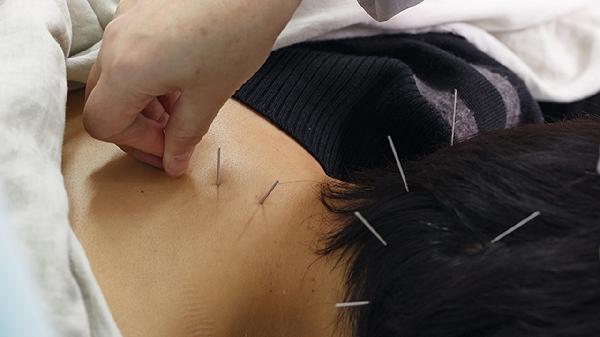
Understanding Carpal Tunnel Syndrome
Carpal tunnel syndrome occurs when the median nerve, which runs from the forearm into the palm, becomes compressed at the wrist. This compression leads to symptoms such as pain, numbness, tingling, and weakness in the hand and fingers. Common causes include repetitive hand movements, wrist injuries, arthritis, and certain medical conditions like diabetes. Traditional treatments include wrist splinting, anti-inflammatory medications, physical therapy, and, in severe cases, surgery.
How Acupuncture Works for Carpal Tunnel Pain
Acupuncture is based on the concept of Qi (pronounced "chee"), or vital energy, flowing through meridians in the body. When Qi is blocked or imbalanced, it can lead to pain and illness. By targeting specific acupuncture points, practitioners aim to restore the flow of Qi and encourage the body’s natural healing processes. For carpal tunnel pain, acupuncture points on the wrist, hand, forearm, and even other parts of the body may be stimulated to reduce inflammation, improve circulation, and alleviate nerve compression.
Scientific Evidence Supporting Acupuncture
Several studies have explored the effectiveness of acupuncture for carpal tunnel syndrome. A 2017 review published in the journal Pain Medicine found that acupuncture significantly reduced pain and improved functional ability in patients with CTS. Another study in The Journal of Pain reported that acupuncture was as effective as corticosteroid injections in reducing symptoms. Additionally, acupuncture has been shown to increase nerve conduction velocity, which is often impaired in CTS patients.
What to Expect During an Acupuncture Session
During an acupuncture session, a licensed practitioner will assess your symptoms and medical history to determine the best treatment plan. Fine, sterile needles will be inserted into specific points, often around the wrist, hand, and forearm. The needles are typically left in place for 15 to 30 minutes while you relax. Many people report feeling a mild tingling or warmth during the session, but the procedure is generally painless. Most practitioners recommend a series of sessions for optimal results, usually ranging from 6 to 12 treatments.
Combining Acupuncture with Other Therapies
While acupuncture can provide relief, it is most effective when used as part of a comprehensive treatment plan. Wrist splints can help keep the wrist in a neutral position, reducing pressure on the median nerve. Physical therapy exercises can strengthen the wrist and improve flexibility. Anti-inflammatory medications or corticosteroid injections may be prescribed to reduce swelling. In severe cases, surgery may be necessary to relieve nerve compression. Acupuncture can complement these treatments by addressing pain and promoting overall healing.
Tips for Managing Carpal Tunnel Pain
In addition to acupuncture, there are several lifestyle changes and self-care strategies that can help manage carpal tunnel pain. Taking frequent breaks during repetitive tasks can reduce strain on the wrist. Ergonomic adjustments to your workspace, such as using a wrist rest or adjusting your keyboard height, can also help. Stretching exercises for the wrist and hand can improve flexibility and reduce stiffness. Maintaining a healthy weight and managing underlying conditions like diabetes can further reduce the risk of CTS.
Potential Risks and Considerations
Acupuncture is generally safe when performed by a trained and licensed practitioner. However, it’s important to discuss your medical history and any existing conditions with your acupuncturist. Rare side effects may include minor bruising, soreness, or infection at the needle sites. If you have a bleeding disorder or are taking blood thinners, acupuncture may not be suitable. Always consult with your healthcare provider before starting any new treatment, especially if you have severe symptoms or are considering surgery.
The Role of Acupuncture in Long-Term Management
For many patients, acupuncture offers a natural and non-invasive way to manage carpal tunnel pain over the long term. Regular sessions can help maintain symptom relief and prevent recurrence. However, it’s important to address the underlying causes of CTS, such as repetitive strain or poor ergonomics, to achieve lasting results. Combining acupuncture with lifestyle changes and other therapies can provide a holistic approach to managing this condition.
Conclusion
Acupuncture can be a valuable tool for relieving carpal tunnel pain, offering a natural and effective way to reduce symptoms and improve quality of life. While it may not be a standalone solution, it can complement traditional treatments and provide lasting relief when used as part of a comprehensive care plan. If you’re considering acupuncture, consult with a licensed practitioner and your healthcare provider to ensure it’s the right choice for you. By taking a proactive approach to managing carpal tunnel syndrome, you can regain comfort and functionality in your daily life.
